Museu Calouste Gulbenkian, Lisbon
A visit to the Calouste Gulbenkian Museum in Lisbon. Wow, so this is what generous funds and plentiful space can do for a museum display!
Calouste Gulbenkian? Who’s That?
If you spend any time in the museums of Lisbon, you will come across the name Calouste Gulbenkian. Not only does he have a substantial museum named after him, but when you are in other Lisbon museums, many object labels show that they were donations by Gulbenkian or his Foundation. His impact on the cultural landscape of the city was enormous. But who was Gulbenkian, and what is his connection to Lisbon?
Calouste Sarkis Gulbenkian was a Turkish-born British-Armenian businessman. He was born in what was then Constantinople in 1869. His family was wealthy enough that he benefited from an education in France, before studying petroleum engineering at King’s College London. Gulbenkian graduated with a first class degree at just 18, and set off to learn about the petroleum industry, starting in Baku. In 1887, he was appointed to prepare an oil survey of Mesopotamia (modern Syria and Iraq). Over many years, with disruptions due to anti-Armenian violence, Gulbenkian became a naturalised British citizen, and founded or became a shareholder in more than one successful oil company. Gulbenkian’s habit of retaining a share of companies he sold ensured he became spectacularly wealthy. Wealthy enough to start a private museum for his large art collection and become an important philanthropist.
So why Lisbon? Well, Gulbenkian had an eventful time during WWII. He had been living in Paris and working as an economic advisor to the Persian legation, so made a historically dubious move to Vichy with the French government. This led the British government to declare him an enemy alien. In 1942, however, he left France for Lisbon. He felt welcome in Portugal, and stayed until his death in 1955. Gulbenkian had earlier started to look for a permanent home for his collection. Not the National Gallery in London because he was miffed at the British. Washington D.C.? Paris? He died in the end before the question was decided, but the Gulbenkian Foundation began work and inaugurated the Lisbon museum in 1969.
Museu Calouste Gulbenkian
So now we know all about the background of Calouste Gulbenkian, let’s take a closer look at his collection and the museum. The Museu Calouste Gulbenkian is away from the historic centre of Lisbon, near the lookout over the Parque Eduardo VII. The purpose-built museum shares a park with the Gulbenkian Foundation, a modern art museum (currently closed for renovations), gardens, and an amphitheatre (not Roman like this one). A place of proper cultural importance.
The museum itself is really wonderful. Because it was purpose-built in the 1960s, it has a lovely modernist feel: low-rise, vistas over the park, clean lines. And inside, there is just so much space. The museum only displays about 1,000 items of a circa 6,000 item collection. Many curators must dream of being able to let items breathe like they do here. The collection takes in all of art history from the ancient world to modern art, but visitors experience each time period through a handful of items, beautifully lit, and with enough space for each to demonstrate its merits. No crammed display cases here. Many of the spaces have smooth concrete walls, while the Old Master paintings are offset by luxurious wooden panelling like some sort of ski chalet for Bond villains.
For me, who loves museums but sometimes needs encouragement to slow down and take my time, I found this a very soothing museum. I could have spent all day here, but actually with a few select items per period or movement, the Museu Calouste Gulbenkian is the perfect size for a short visit. Given half a chance though, I would move in here and live happily among the artworks and artefacts, rolling myself up in a Turkish carpet at night to sleep.
Any Favourite Objects?
As you hopefully understood from my love letter to the museum above, one of the strengths of the Museu Calouste Gulbenkian is that there are just a few items from each culture, period or style on view. A few Egyptian artefacts. A few Renaissance paintings. More than a few works by René Lalique, actually, as Gulbenkian was a major client (the jewellery in the bottom image is Lalique). But nothing is overwhelming: everything is perfectly balanced. I saw a nice painting by Moroni. Some beautiful Islamic glass work. Plenty of interesting Impressionist paintings towards the end. I don’t think there are really any ‘star’ works like there are in many museums of this calibre.
What I liked most in this museum was the curation of works to evoke a period. The Enlightenment-era display stands out in my memory for this reason. The museum brings together furniture, decorative arts and portraits of the bright young things of 18th Century France. There’s a great painting of an astronomer (above) as well as men and women of letters. For me, it was a reminder of the leisured, wealthy circles which produced the cultural and scientific advances of the period. Very effectively managed with a small number of objects.
I am so happy to have had the opportunity to go to the Museu Calouste Gulbenkian. I had few expectations about it before visiting Lisbon, and now see it as one of my favourite museums. If you are planning a trip to Lisbon, do include a stop here. It’s easily reachable by metro, and well worth the effort.
Salterton Arts Review’s rating: 5/5
If you see this after your page is loaded completely, leafletJS files are missing.

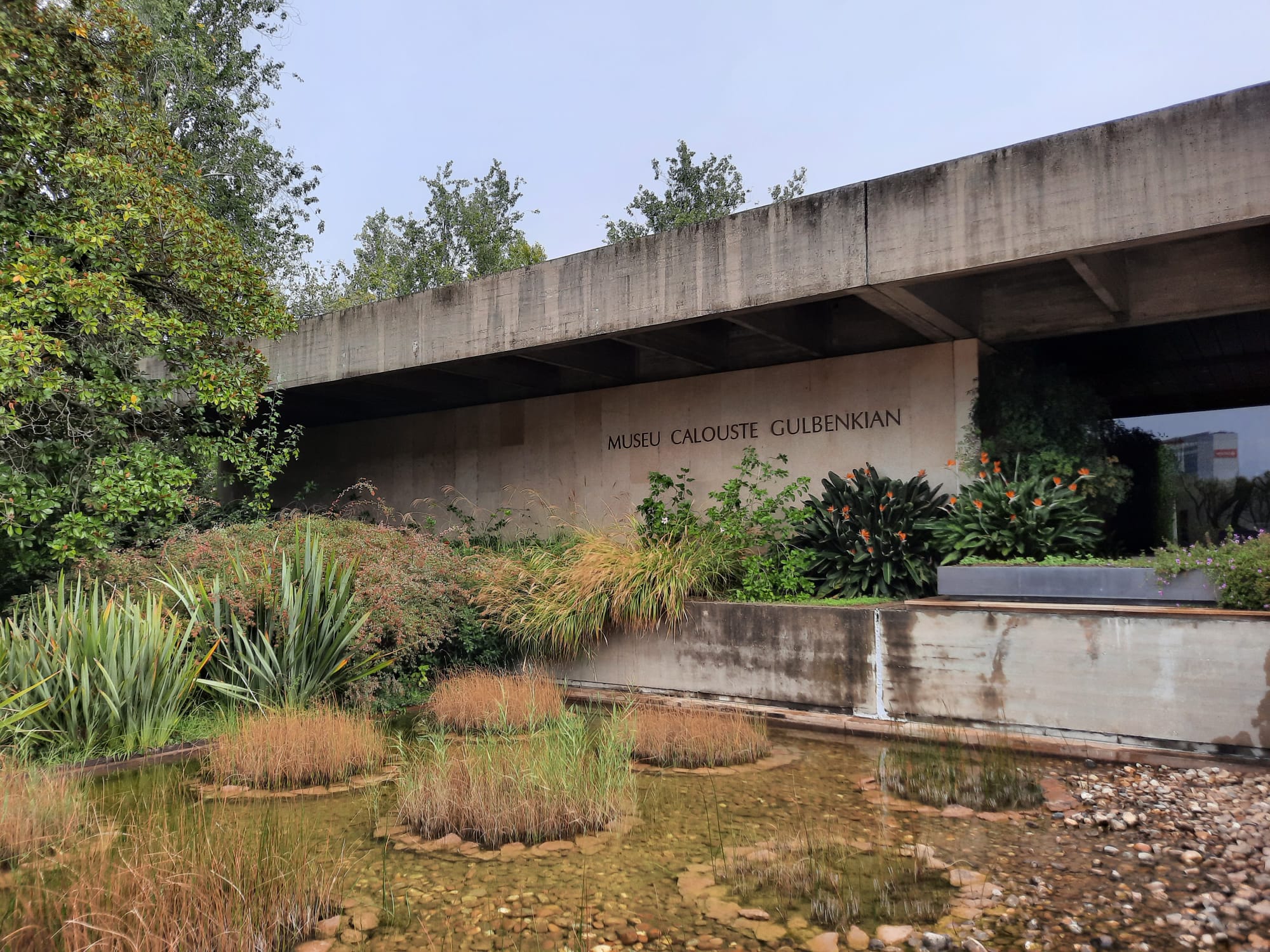
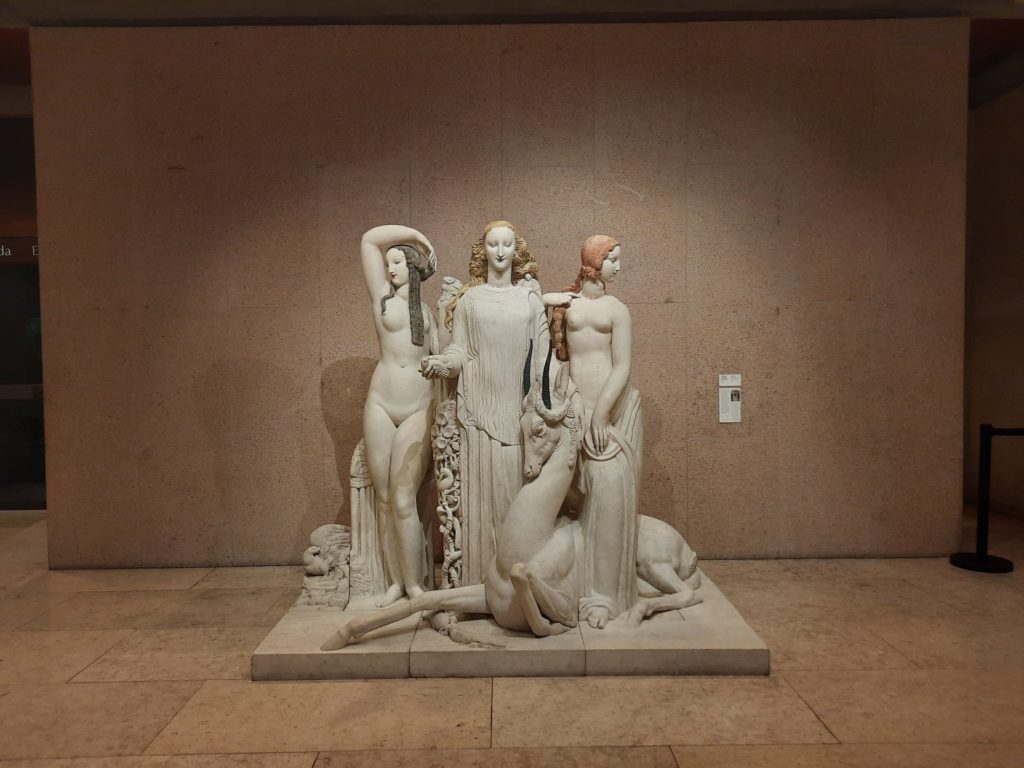
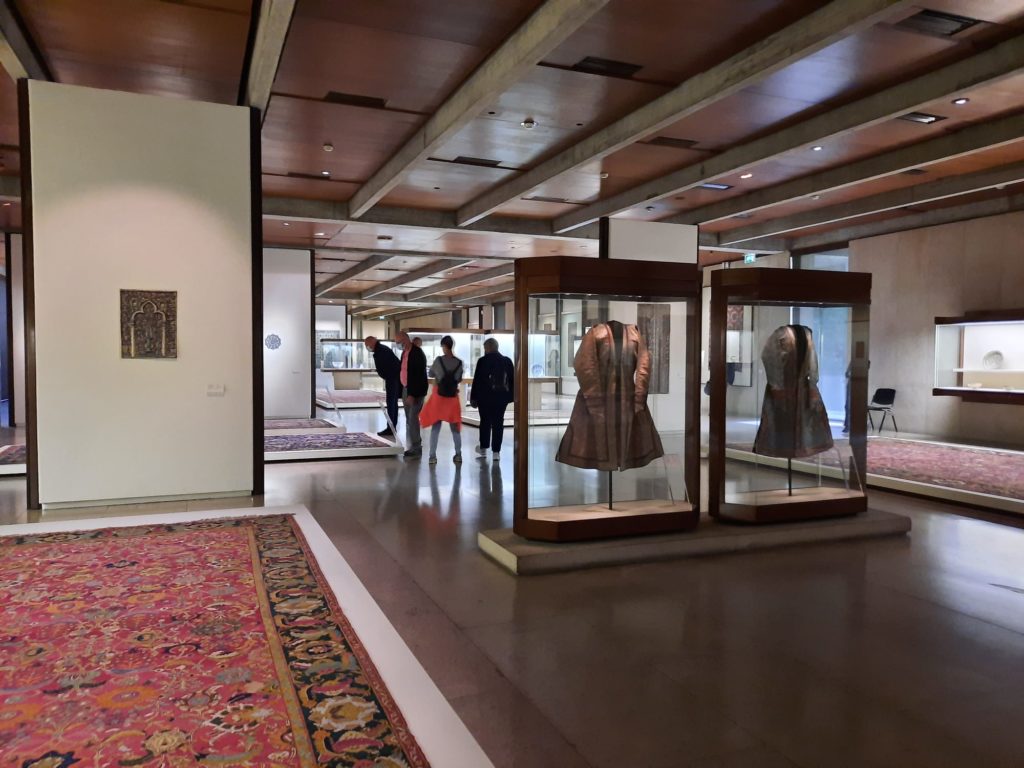
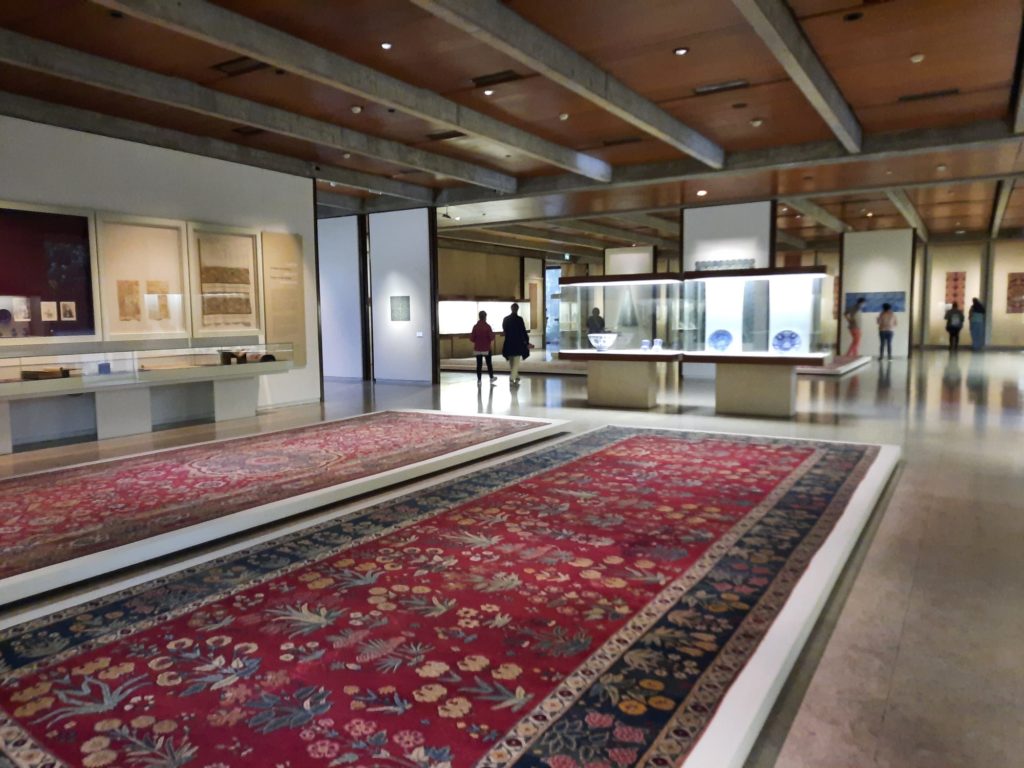
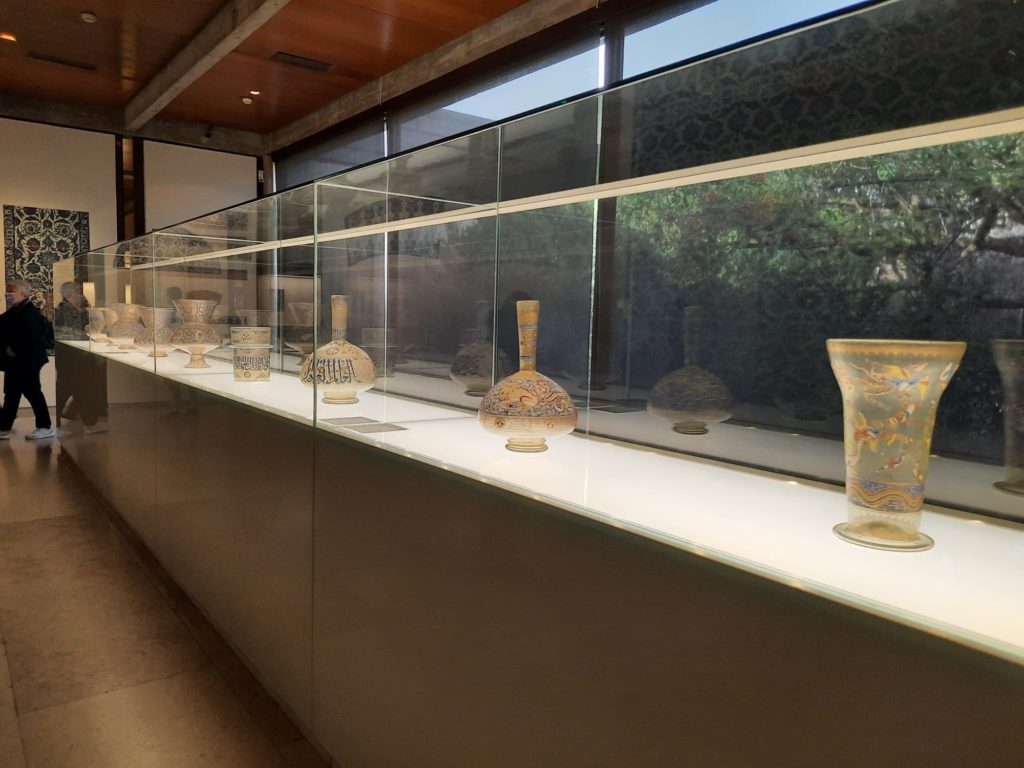
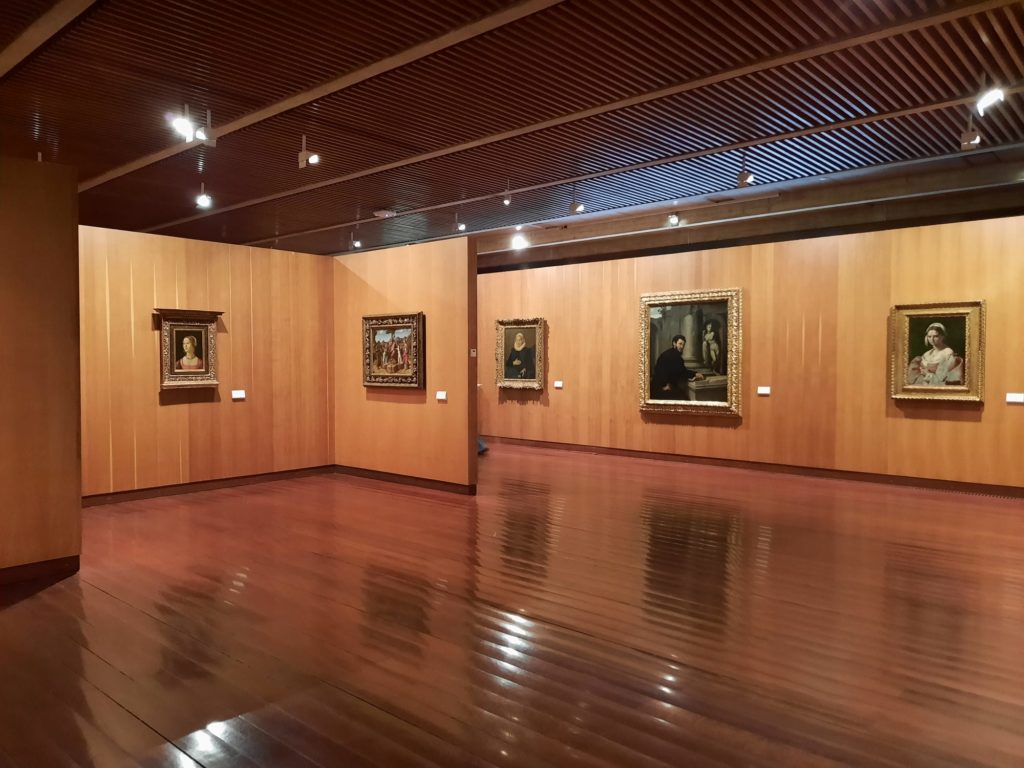
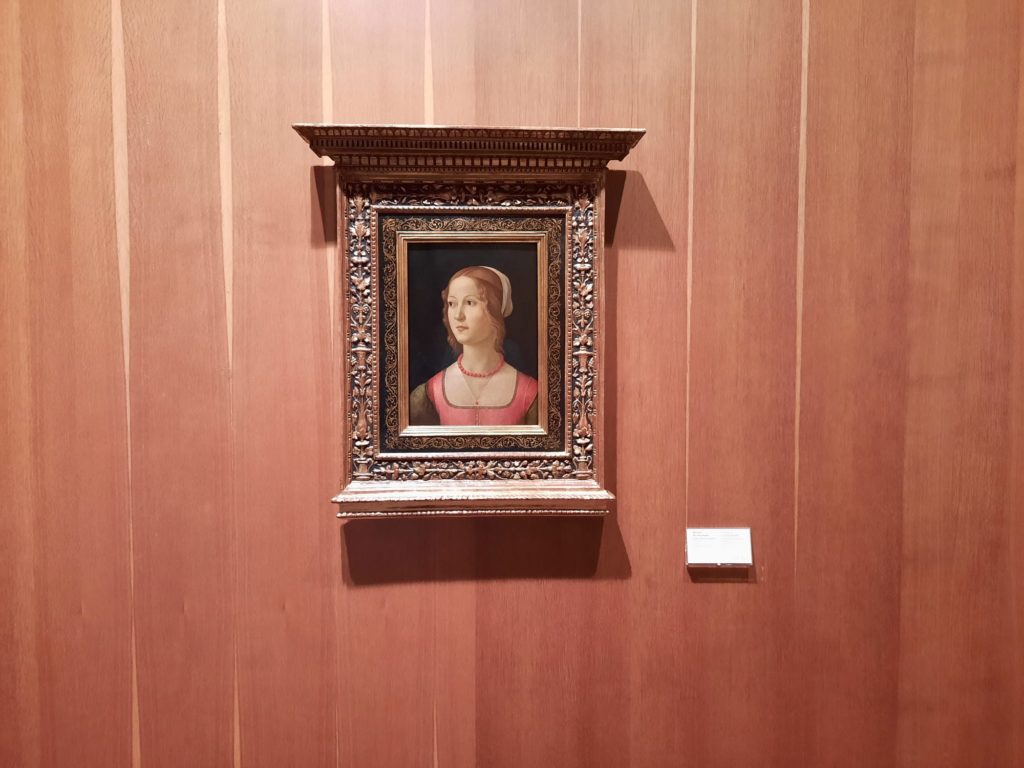
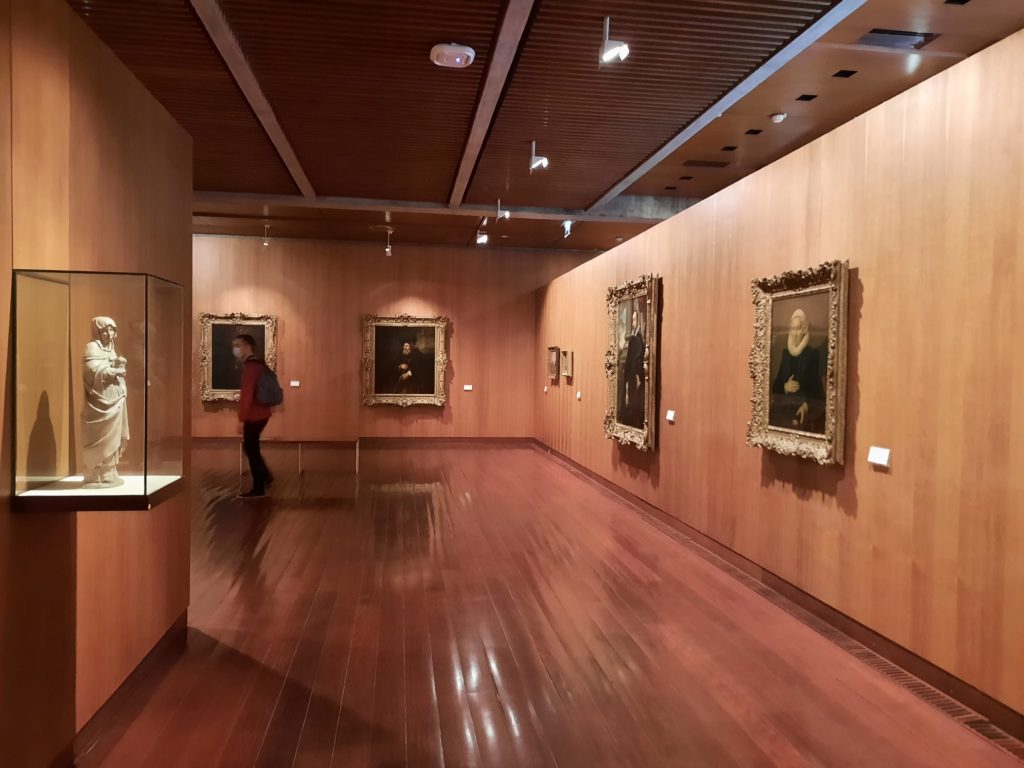
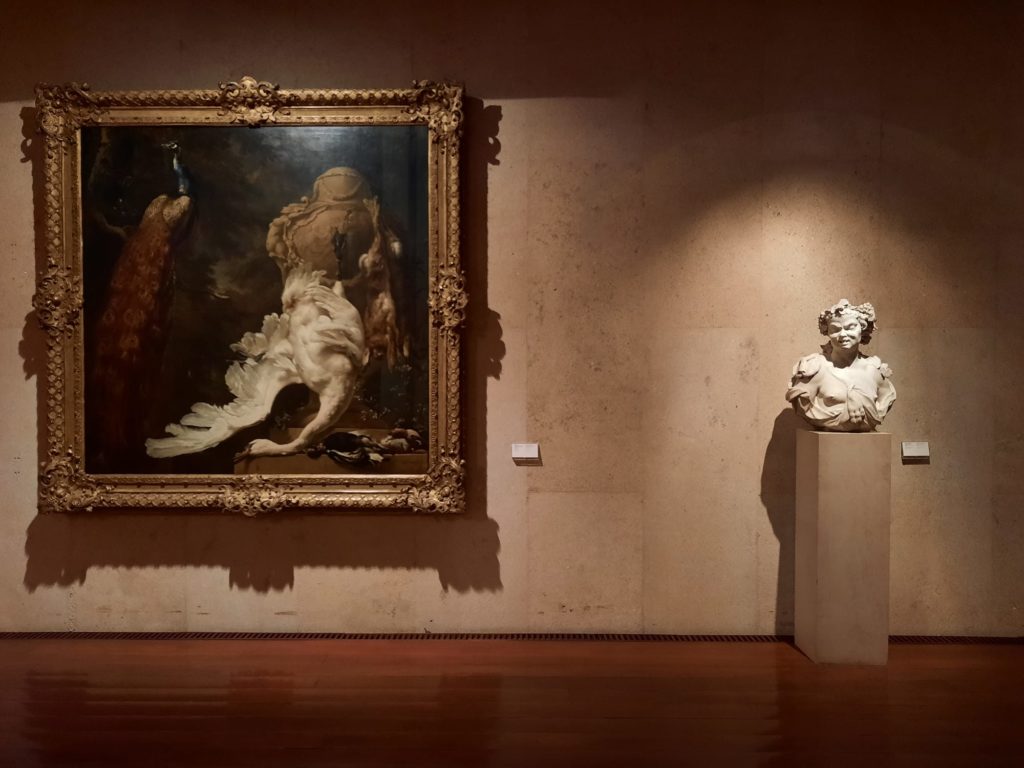
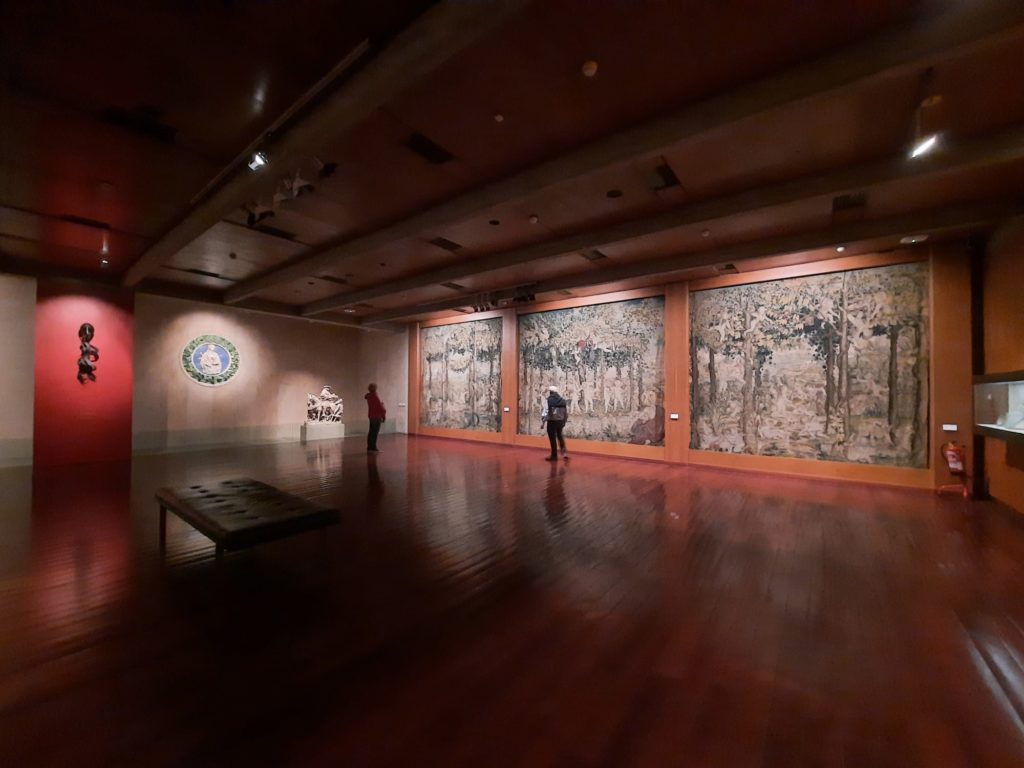
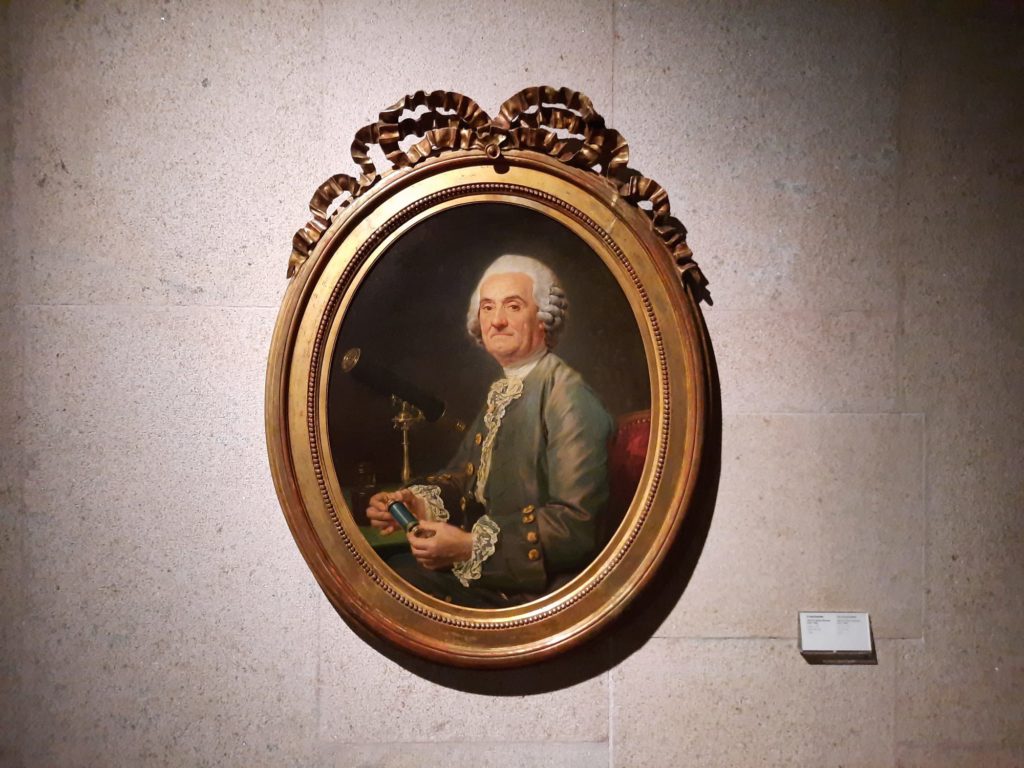
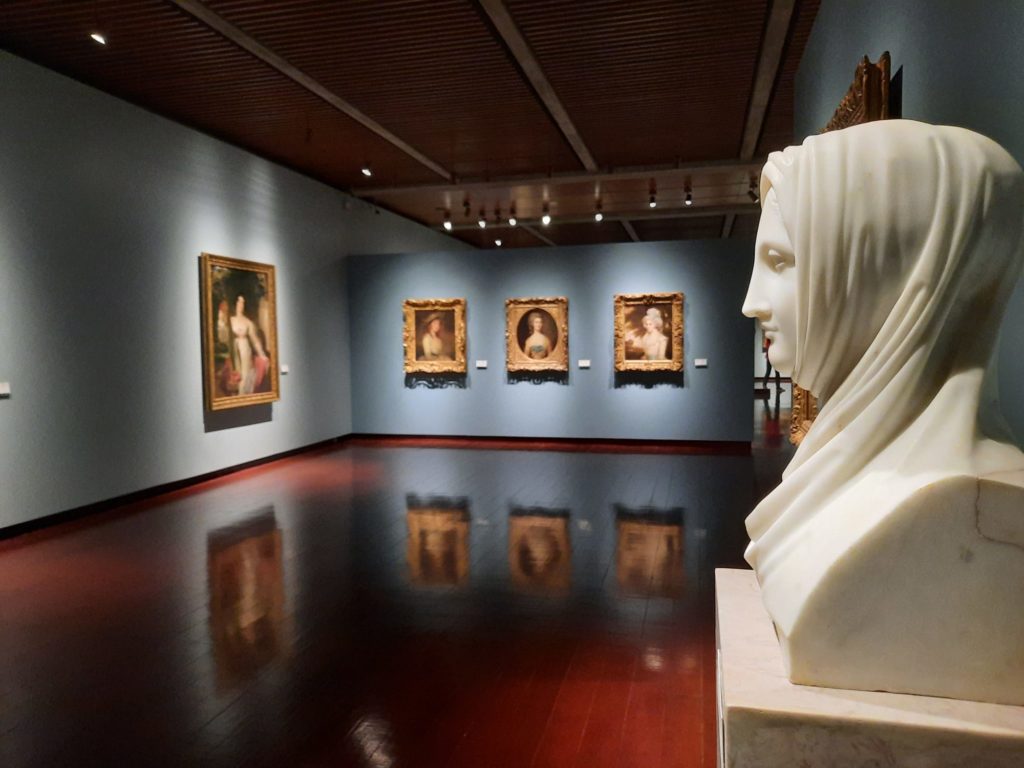
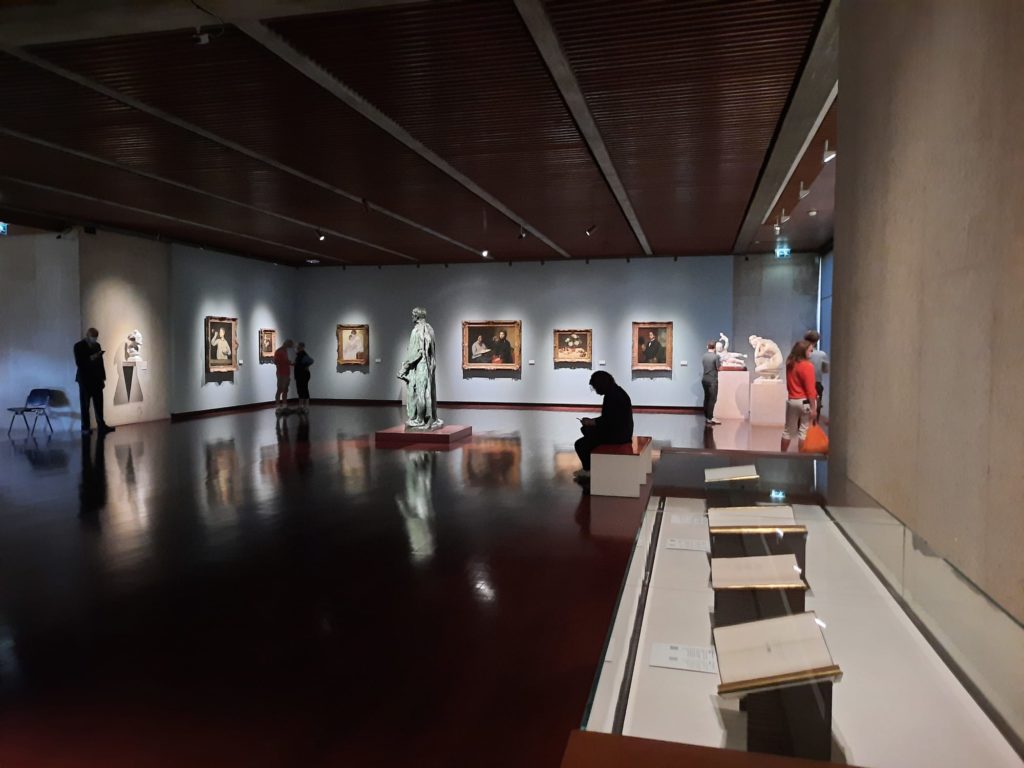

4 thoughts on “Museu Calouste Gulbenkian, Lisbon”